-
Posts
3,054 -
Joined
-
Last visited
-
Days Won
67
Content Type
Profiles
Forums
Gallery
Downloads
Blogs
Events
Store
Aircraft
Resources
Tutorials
Articles
Classifieds
Movies
Books
Community Map
Quizzes
Videos Directory
Posts posted by Garfly
-
-
Another tragic midair. Both instructional flights from the same company.
One heading out to the training area, one coming back.
Three of four people who died in Everglades crash were experienced pilots
This is the NTSB preliminary report:
-
Talking of landing at French altiports puts me in mind of this Fred Peuzin video; worth another look in this context:
"La Salette is one of the most difficult and most technical airfields of the south Alps and few airmen venture there. Several accidents took place there, mainly because of side exits or too short landing, but there have never been deaths. Thus the main risk is to break some wood or to twist of sheet steel. The missed approach can be very late decided during flight, there is no effect of funnel as on other altisurfaces. We can decide even there once on ground if we arrive with too much speed at the top of the dome, which is shown in this video. The only difficulty in this case is to find the way to the axis of take-off in a place where the convexity of the profile leads to a very difficult visibility. The axis of landing is directed to 190 ° while the axis of take-off is 210 °. It is thus necessary in case of go around on ground, to turn at the top of 20 ° to the right if we do not want to break the plane (big slope to the left, bushes to the right!) to plan this eventuality, the mountain pilot will beforehand have taken a mark far off (summit) to facilitate this alignment. This video was shot in the morning of October 25th, 2017. We had left with my father this morning there for outdoor day mountain. The conditions being optimal this day there, my father wanted to make his first landing for La Salette by benefiting from my experience and from my friendly supervision. The approach was led well, but some kph of excess at the flare and a delay of application of brakes made us arrive too fast at the top of the dome. We shouted together "Go Around !" what proves that we were in phase. The fact of pushing the throttle control from idle to full gas all at once surprised the engine which began to suffocate, the full power returned only to the rotation. Incident to be meditated on the functioning of our engines (Continental O-200 on the speedjojo) which is not abnormal but which the brutal application of the throttle control under stress can engender."
-
 3
3
-
-
A nice enroute video:
-
 2
2
-
-
Rotten luck that this happened just as Flight Chops' cameras were rolling for his very first Rotax/LSA experience
The YouTube title - as some commenters noted - is rather misleading.
-
 1
1
-
-
Ah, yes, I see the bit you mean:
"The pilot further stated that he turned final and announced his position on the CTAF, and that as he crossed the river north of the runway, he heard someone transmitting on the CTAF that "someone was too close" and began to abort the landing. Subsequently, the airplanes collided and impacted terrain."
-
Thruster, are you referring to the NTSB/Johnson Creek report or the ATSB/Latrobe Valley one?
Anyway, there is that suggestion in the Australian one.
-
Yes, in this case with about 6 seconds between "this could get ugly" and impact - given the usual "this can't be happening" cognitive delay (for both ground observers and then the listening pilots) - there might just have been time for a shouted "Two on finals! Two on finals! Two on finals!" (And a whispered 'Hail Mary' that the intervention will help not hinder.)
-
Yeah, there was discussion along those lines on the Pilots of America forum (#1 above) but I've often wondered what exactly one would/should/could say on a handheld radio faced with that situation.
Whatever comes to your mouth in the moment, it'd need to be super quick and super clear ... but how and what precisely?
Obviously, it's no good if you blurt out words based on what's clear from your own POV: " ... suggest higher aircraft goes around!"
But also, it's likely you wouldn't be able to identify the two aircraft clearly enough to make their relative positions understood by each of them based on your words alone. "Who does he mean? Me?"
I suppose, the best you could say would be "Safety alert! XXXX traffic. Two on short finals together!"
But even then, the danger is that you could end up precipitating the very thing you're trying to prevent.
Very tricky situation. Better hope it never happens.
P.S: For those of us with ballistic 'chutes installed, this excerpt from the ATSB Latrobe Valley accident report (above) might give pause:
"The instructor in UGO reported continuing the circuit and, while on the downwind leg, noting that there appeared to be two aircraft in close proximity on final approach to runway 09. Shortly after, EUI and the Avid collided on the final approach to runway 09. The Avid was reported to have spiralled to the ground almost vertically, while the pilot of EUI continued the approach and landed safely. Subsequent examination of the wreckage of the Avid revealed that it was equipped with a ballistic parachute recovery system; however, the system was not deployed and had not been armed prior to the flight."
-
The ATSB published a comprehensive report on a similar accident at Latrobe Valley a decade or so back.
https://www.atsb.gov.au/media/2786333/ao2007065.pdf
-
 1
1
-
-
Another YouTube video of an accident where CTAF comms was a factor:
NTSB report:
Pilots of America Forum:
Mid air Crash at Johnson Creek Video.
Excerpt:
"Silvaire said:
If I were to make a wild guess I'd say that the guy in the Arrow thought the first plane that did the fly-by was the Tri-Pacer.
Dav8or commented:
Looks that way to me too. It looks like everyone was setting up for low passes for the friends and the guy with the camera. I'm assuming there were radio calls and it's likely the Arrow looked out his window saw the red and white Pacer (?) and thought he was following that guy. Completely un aware that the guy making the calls and whom he thought he was following, was really much closer and lower.
A case of mistaken identity.
Whenever there is a crash, pilots like to work hard to lay blame on another pilot. That way they can pat themselves on the back and tell themselves that the crash pilot was sub standard and that the mistake made would never happen to them, therefore their version of GA flying is perfectly safe. It's just lying to yourself. This accident could have happened to any pilot reading this thread, myself included.
The take away here is a change in radio communications. (assuming there were any) We all need to adopt the EAA Airventure style of identifying airplanes in the pattern. Your tail number is worthless, the color of your plane can be very useful. So, something like- "Johnson Creek traffic, red and white Tri Pacer turning final, Johnson Creek."
I am completely one of the ones that needs to make this change. I was not taught this technique and I was trained in a class C airport under Bravo so ATC was a part of every flight. In addition, I flew IFR exclusively for many years. The habit of identifying yourself with the last three of the N number is natural and hard to break, but again, this information is worthless in the untowered traffic pattern. I really need to get used to the sound of myself saying, "Byron traffic, yellow and green Mooney..."
-
 3
3
-
-
Yes, those are two other slices of the Swiss cheese whose holes lined up to make this accident happen.
How lucky the guys working in the hangar next door were.
-
This is a recently posted YT video of a US accident from 2 years ago.
Some lessons here about checking that we're actually communicating in CTAF situations.
This also shows the value of the AFRU facilities some of our airports have.
(And/or the local practice in some places of pilots regularly requesting a radio check - coming and going.)
CAAP 166-1(3)
7.5.4 At aerodromes with an Aerodrome Frequency Response Unit, pilots will receive confirmation that they are broadcasting on the relevant CTAF. This will be either the name of the aerodrome and the word “CTAF” or, if any aircraft transmissions have been received by the AFRU within the last five minutes, a low volume 300 millisecond tone burst. This helps pilots to both confirm they are using the right frequency and makes them aware of potential traffic in the area (See ERSA Aerodrome Frequency Response Unit)
-
 1
1
-
-
Another interesting video about bird-wing aerodynamics:
-
 1
1
-
-
Bird formation aerodynamics explained:
-
 1
1
-
 1
1
-
-
Yes, it's fascinating to see them ride the bow wave - as it were - of the big wing.
But I guess nature taught them that, after all, isn't gaining lift advantage, one wing to another, the whole reason for their V-formations?
Apropos of all that, I was a bit puzzled by this suggestion from an "aeronautical engineer" in the YouTube comments that they're getting lift ahead of the prop.
But you can plainly see - at least in some shots - that they're surfing right out to the wing tip.
(
"David Chester
As an aeronautical engineer who has researched flow near propellers, I find the part of this video where the bird is gliding near to the pilot, and allowing him to touch his/her body to be absolutely fantastic. This is because the bird is taking advantage of the air-flow ahead of the propeller. This air-flow is being accelerated ahead of the propeller (to a speed above the general airspeed) and by it, but somehow the bird which has stopped flapping its wings and is taking advantage of the faster air-flows here. I would imagine that the opposite should be the case, because the greater speed airflow creates more aerodynamic drag, not less. Ain't nature wonderful!!"
(A case of "Yes, vicar, nature is wonderful, more, even, than science." ;-)
-
 2
2
-
-
Yeah, anyone can do it if you go there. If you had a spare $1000 I reckon it'd be well spent.
-
-
-
And it makes you kind of cousins to the whole Skyranger / Nynja mob.
-
 1
1
-
-
They have broad horizons up there in Qld.
-
-
Yeah, Mr. CASA ... you can see that I had the same problem with Frank's pics.
Anyway, BP since there doesn't seem to be a 'funny' button anymore ... I'll just have to tell you. Ha, ha ... that's funny!
-
-


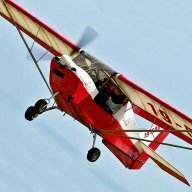
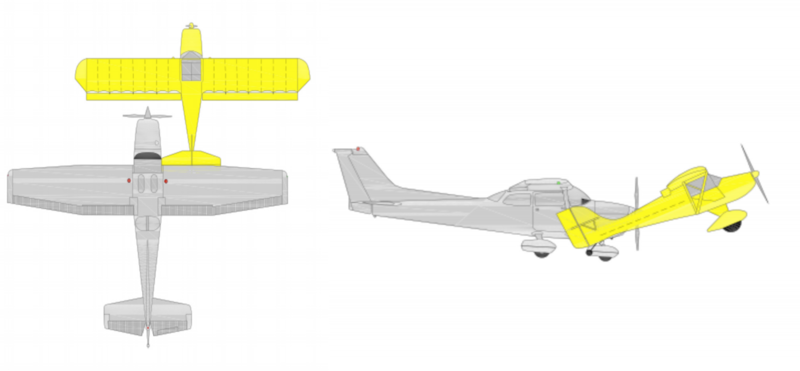
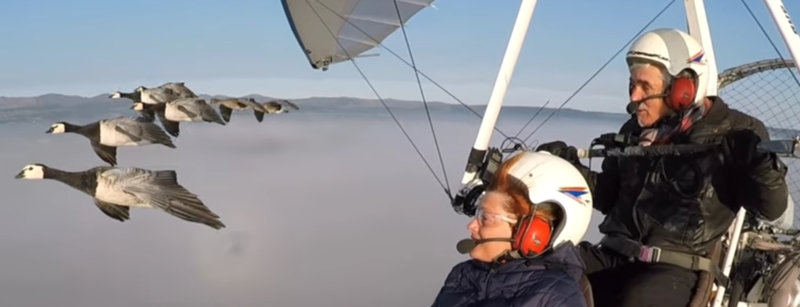
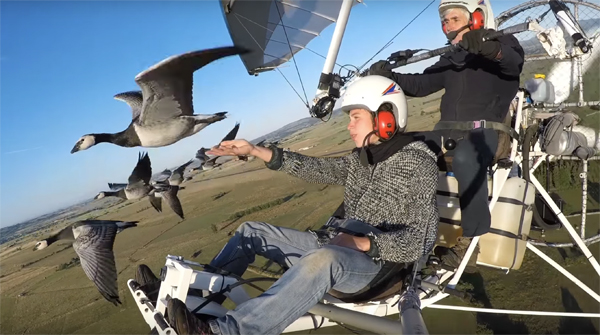
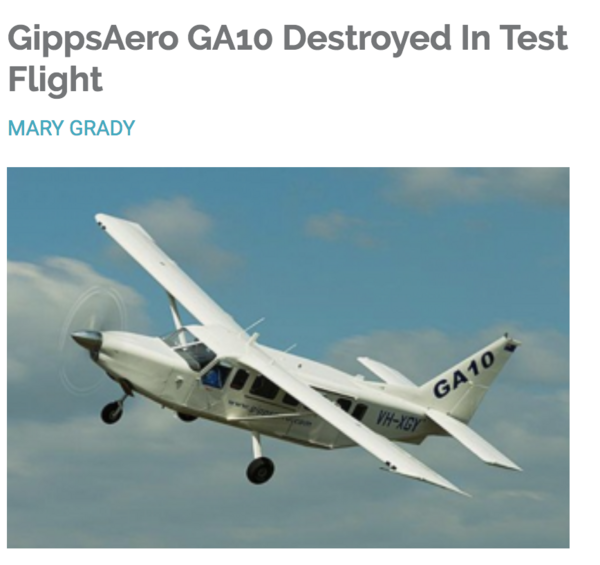
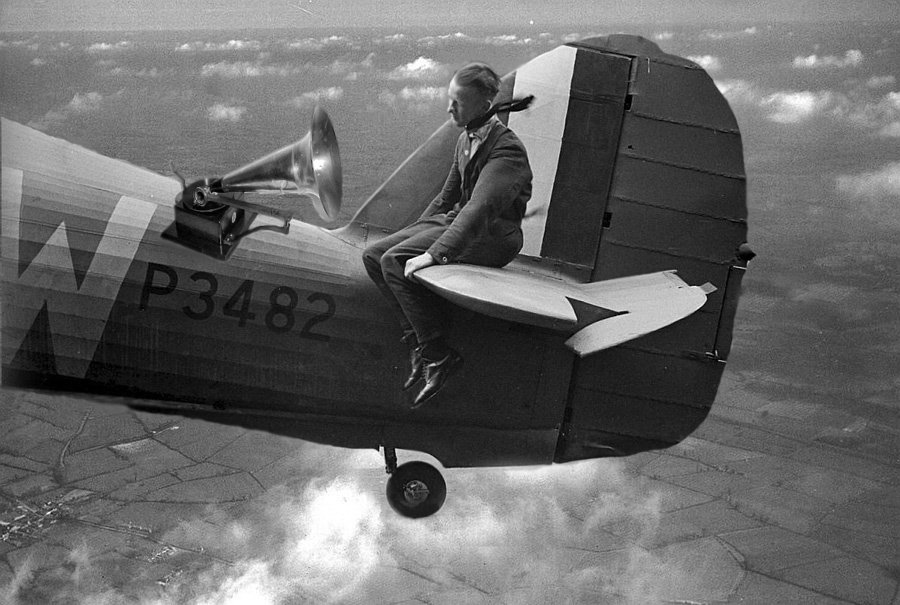
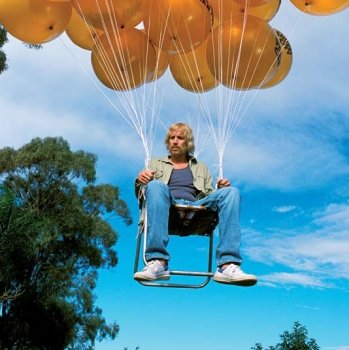




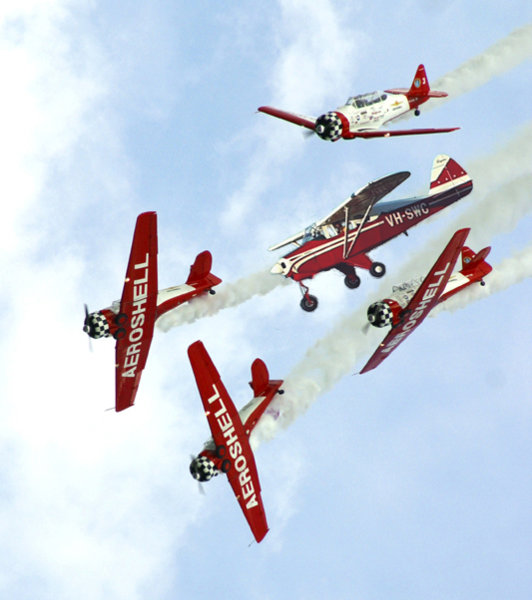
Not how to land ...
in Aircraft Incidents and Accidents
Posted
Frederic Peuzin drives an Airbus for a living but you can see from his blog and his videos that he takes his petits avions flying very seriously, too.
His son is a master of drone videography and the film productions are something of a family affair.
Their latest has many more great examples of the kind of strips - and techniques - we're discussing in this thread.
In particular take a look at Saint Medard de Presque at around 05:35
SPEEDJOJO